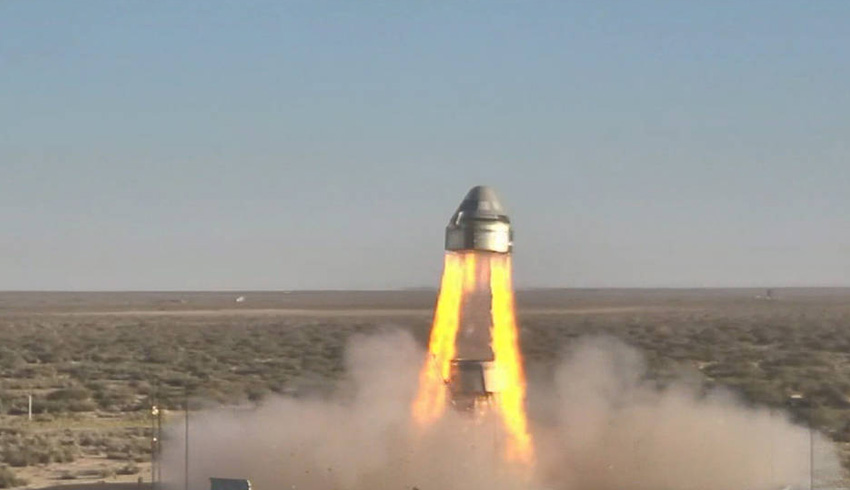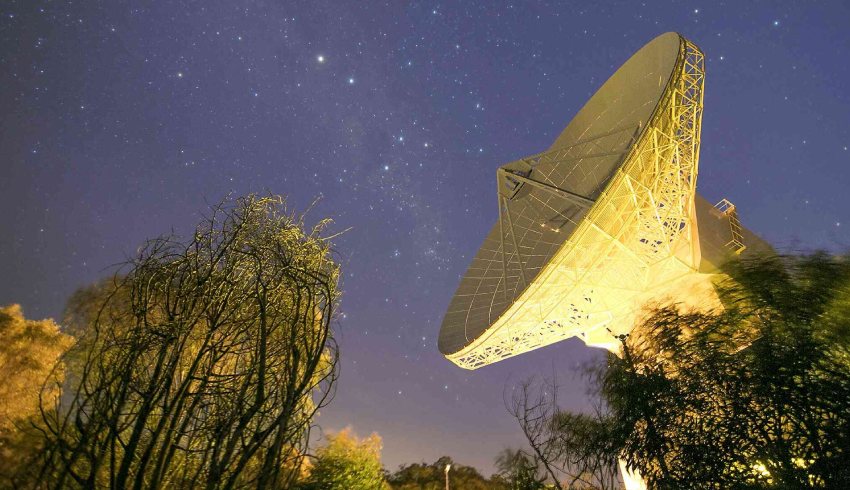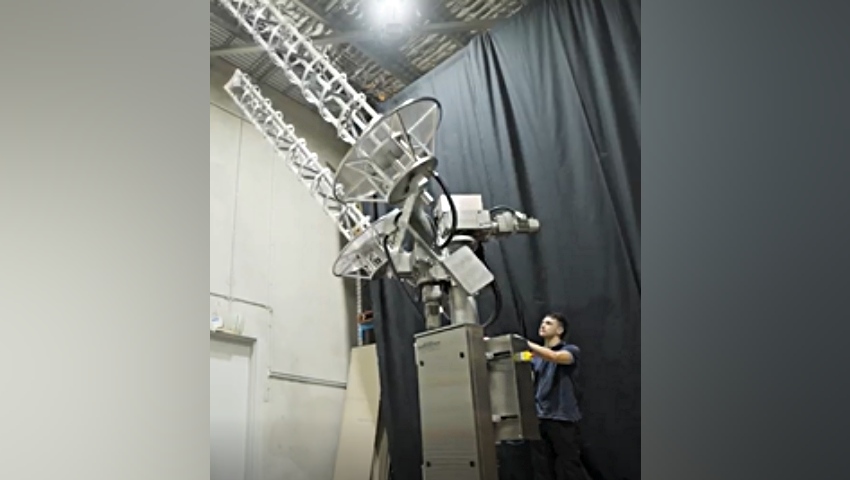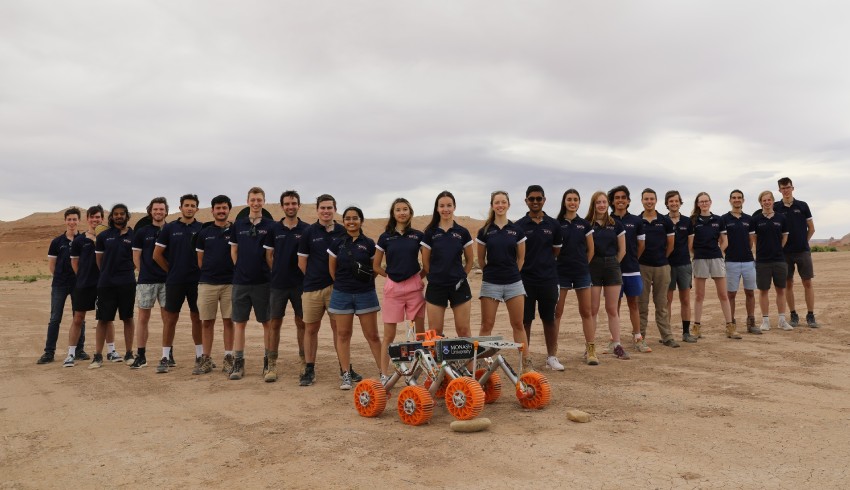
The test was designed to verify each of Starliner’s systems will function not only separately, but in concert, to protect astronauts by carrying them safely away from the launch pad in the unlikely event of an emergency prior to lift-off.
This was Boeing’s first flight test with Starliner as part of NASA’s Commercial Crew Program to return human spaceflight launches to the International Space Station from American soil.
Kathy Lueders, NASA’s Commercial Crew Program manager, said, "Tests like this one are crucial to help us make sure the systems are as safe as possible. We are thrilled with the preliminary results, and now we have the job of really digging into the data and analysing whether everything worked as we expected."
During the test, Starliner’s four launch abort engines, and several orbital manoeuvring and attitude control thrusters, simultaneously ignited to rapidly push the spacecraft away from the test stand. Five seconds into flight, the abort engines shut off as planned, transferring steering to the control thrusters for the next five seconds.
A pitch-around manoeuvre rotated the spacecraft into position for landing as it neared its peak altitude of approximately 4,500 feet.
Two of three Starliner’s main parachutes deployed just under half a minute into the test, and the service module separated from the crew module a few seconds later.
Although designed with three parachutes, two opening successfully is acceptable for the test parameters and crew safety. After one minute, the heat shield was released and airbags inflated, and the Starliner eased to the ground beneath its parachutes.
The demonstration took only about 95 seconds from the moment the simulated abort was initiated until the Starliner crew module touched down on the desert ground.
John Mulholland, vice president and program manager, Boeing’s Commercial Crew Program, welcomed the milestone achievement, saying, "Our teams across the program have made remarkable progress to get us to this point, and we are fully focused on the next challenge — Starliner’s uncrewed flight to demonstrate Boeing’s capability to safely fly crew to and from the Space Station."
Boeing’s next mission, called Orbital Flight Test, will launch an uncrewed Starliner spacecraft to the station on a United Launch Alliance Atlas V rocket from Cape Canaveral Air Force Station’s Space Launch Complex 41. Launch is targeted for 17 December.
Receive the latest developments and updates on Australia’s space industry direct to your inbox. Subscribe today to Space Connect here.









